Sherrie Nickol uses portraits and street photography to capture intimate observations of everyday life
The first book by photographer Sherrie Nickol explores themes of youth, relationships, and family in a mix of beautifully candid and composed portraits and street scenes
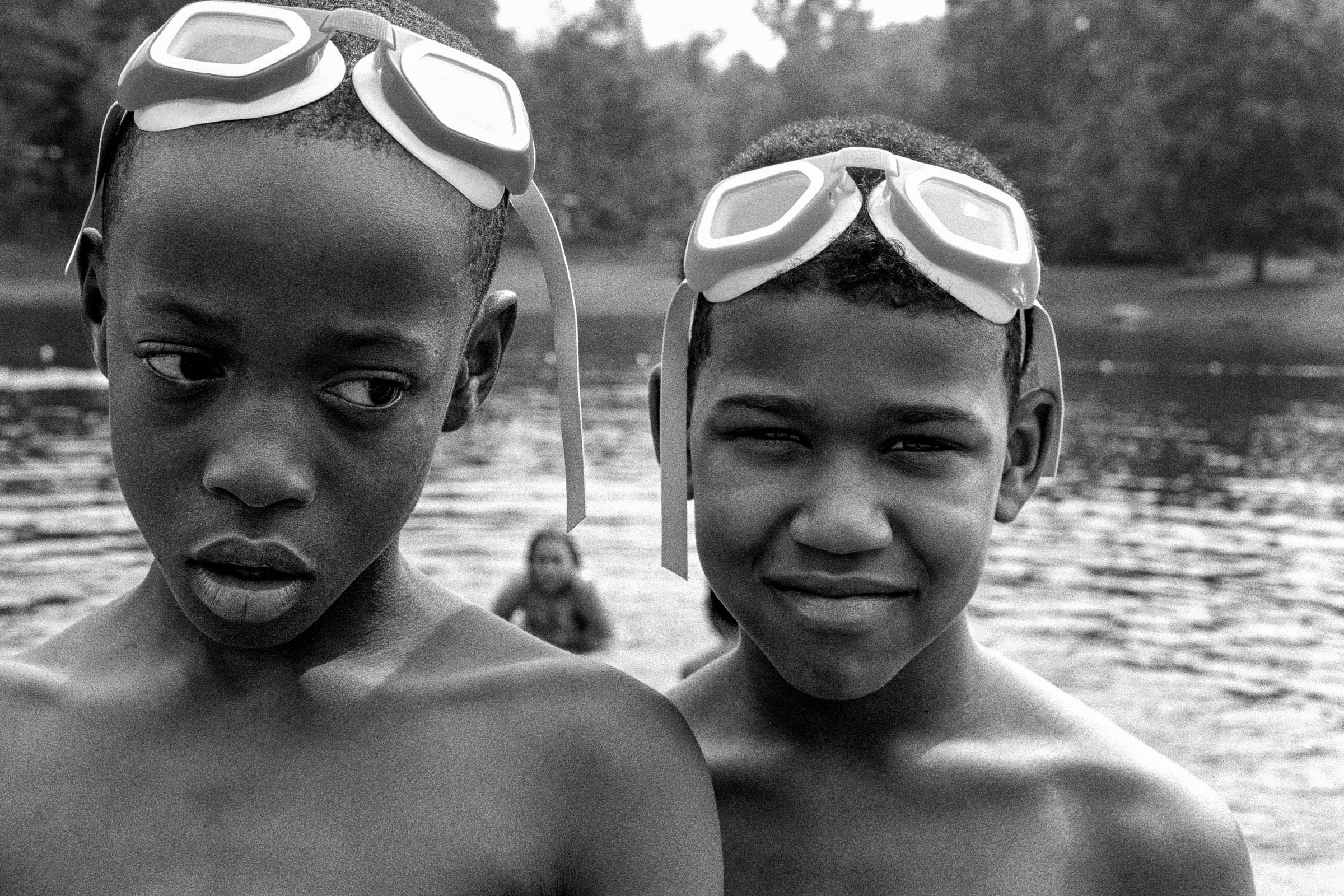
The new self-titled monograph by Sherrie Nickol captures the essence of the human condition through intimate portraits and candid street scenes.
Split into five resolved bodies of work, Sherrie Nickol by Sherrie Nickol takes the viewers on a journey through time and space, capturing timeless images of relationships, environments, and everyday life, both of intimate family members and strangers in public.
• See our guide on the best coffee table books
The first section titled Between-teen, points the lens toward her son, quietly observing how he and his friends navigated the metamorphosis into those notoriously confusing early teenage years and the labyrinth of emotions that come with it. The resulting images capture a raw portrait of youth, from the lens of a sincere observer.
The next three sections titled By the Water, Crowdscapes, and In the Moment, focus on public privacy or lack thereof in today's world. More akin to street photography Nickol's lens focuses on candid street scenes of everyday people going about their daily lives. Nickol's ability to blend in with her surroundings enables an intimate view of public scenes with strangers she'd never met.
By the Water is focused on the many trials and tribulations that can be observed when people flock to the shores in the summer months. Captured in various seaside destinations across the US and Europe, Nickol was attracted by observing the intimacy of the relationships between family, friends, and lovers in the rush to soak up the sun in the carefree summer months.
The final section, Face to Face, documents the life of young women as they navigate the world around them, and features portraits of women from various times and backgrounds. These natural portraits peel back any facade and cut right through to the individual, providing more information than perhaps is available at first glance.
Get the Digital Camera World Newsletter
The best camera deals, reviews, product advice, and unmissable photography news, direct to your inbox!
I was blown away by the imagery in this book, as I have never seen crowds of people shot with such intrigue and observation. I was fortunate enough to speak with Sherrie Nickol and get more insight into her process of capturing the work and making the book itself.
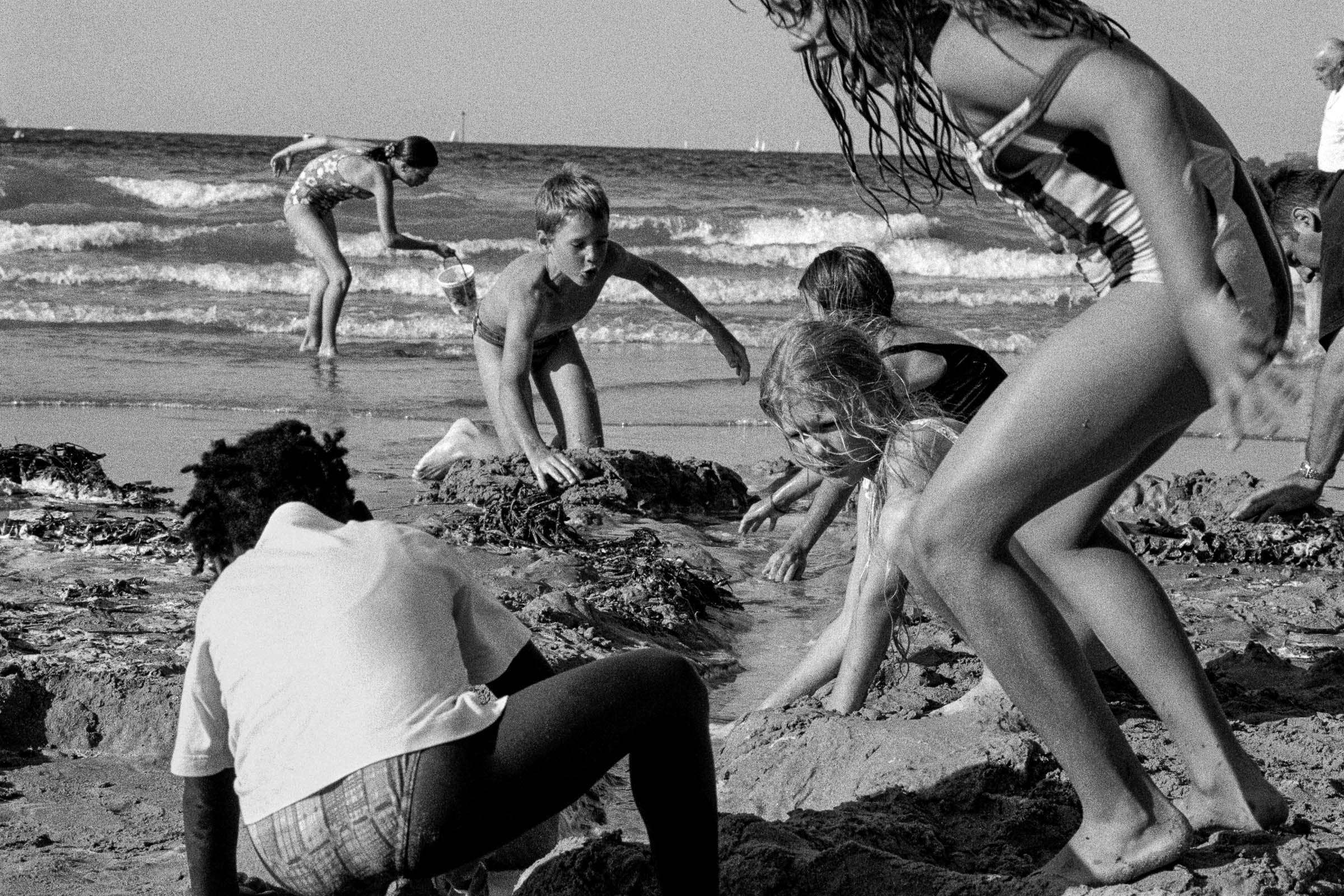
What first drew you to photography?
After taking my first introductory class in photography at university I was hooked. I found that through taking pictures I could tell visual stories about the people around me.
How would you describe your style of photography?
Warm, uplifting, sincere. Whether I am taking portraits of an individual or photographing people in public spaces, I always try to bring out the essence of either the person or the scene.
Are there any photographers that inspire your work?
Early on I was drawn to the work of Cartier-Bresson, Phillipe Halsman, and Richard Avedon. As my knowledge of the history of photography expanded, I was enthralled by the work of Lillian Bassman and Julia Margaret Cameron.
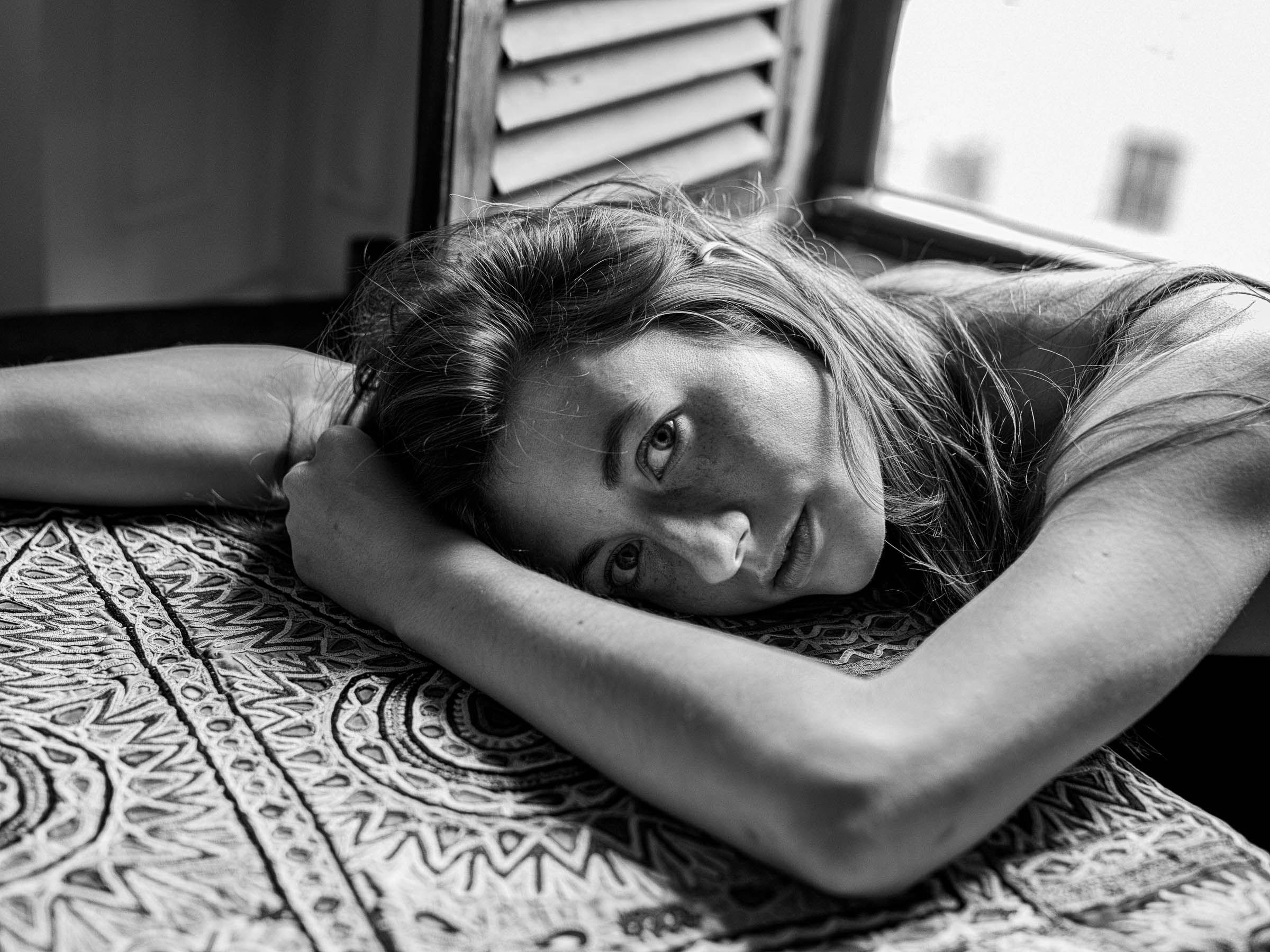
Your new book combines several bodies of work. What led to the decision to share them all in one publication instead of being separated?
The project originated by sharing a large body of work with the graphic designer Tracey Shiffman and her assistant James Ihara. After they had lived with the different bodies of work for a while, they came back with a wonderful presentation that included all of the work together under one cover. Each body of work could be a stand-alone volume, but we all agreed that by sharing them in one book, my expansive archive could be introduced to the public.
Did this make the editing process easier or harder?
I first prepared a large edit from each body of work, and then the designers created their vision of what the book should look like and how it should flow.
The work in the book is incredibly intimate, yet many of the images are candid shots of strangers. How do you find and capture that balance?
I always try to inject a level of intimacy into my work, whether they are people I know or strangers. It’s a matter of waiting and observing in a particular scene that I have discovered.
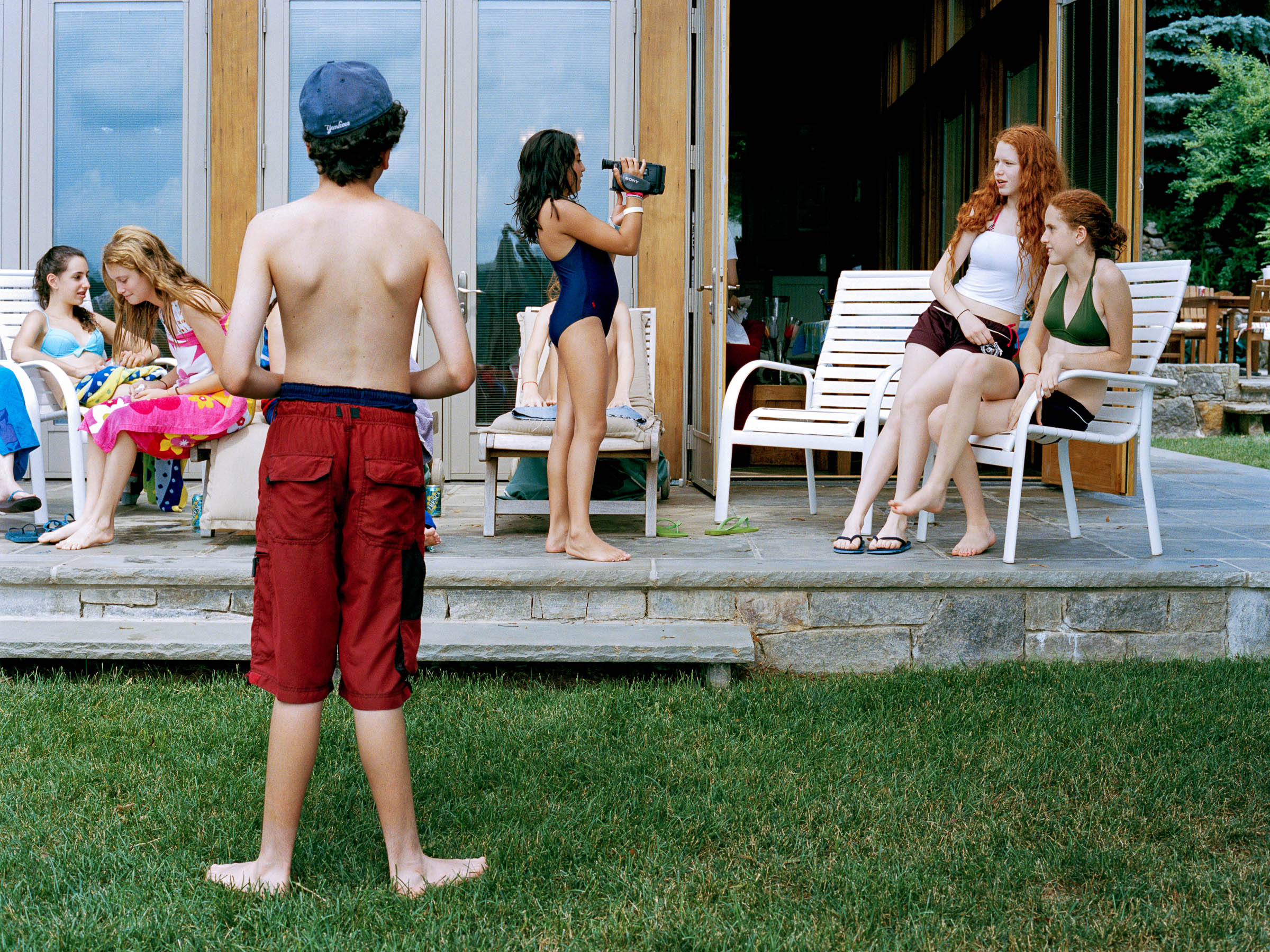
You capture the everyday scenes of ordinary people - observations in the moment that must rely on being present - is this something that came naturally or something you had to learn?
I think that in order to work this way, which on the surface looks simple, is actually quite complex. This ability is both natural and improved over time.
I read in the book that you are conscious of invading people's privacy, does this mean that you observe and shoot from a distance?
Since I primarily use a 50mm lens, I often find myself approaching my subjects up close, entering the scene with them. I try not to interrupt what is going on within the scene, and if there is contact, it usually leads to even more intimate studies.
How do you pick out your subjects from a crowd?
I look for interactions between people and how they relate to their surroundings. I am often drawn to families, friends, and lovers.
Once you have singled out an individual or group, do you move closer?
Yes, depending on the overall scene.
How do you approach composing a crowded scene with uncontrollable elements?
I let the scene unfold before me and photograph it at different moments and perspectives.

Often many avoid or are ambivalent to young people and pre-teen years are not often captured and showcased. Even though some of your projects are not focused on the youth it seems you are still drawn to capturing them and their experiences. Why is that?
It began when I was in social situations with my young son and his friends, and developed into more in-depth studies as he and his friends grew older. At the same time I used the same philosophy when photographing pre-teen and teens who I did not know.
Halfway through the book, I found myself thinking ‘I have no idea what decade these images were taken’. They appear timeless, is that intentional?
While it is not intentional, I think that the universality of the themes that my subjects are involved in takes on a timelessness. Since I have maintained a constant visual approach over the years, there is a cohesiveness to the images. Also, especially when photographing in black and white, the images are more difficult to place in a specific time period.
Representation of women, and in particular young women is important to you with a chapter dedicated to the youth and one on young women. As a father to a young daughter, how can the photography community do more in this area?
I always try to convey the inner strength and beauty of my female subjects, no matter how old they are. It would be wonderful if more photographers made the effort to understand where their subjects are coming from and then relay those thoughts and emotions through their work.
I would be remiss as a writer for Digital Camera World if I didn’t ask you about your equipment. What are you shooting with? And how does it enable you to capture your creative vision?
I was a late acceptor of digital photography, shooting only with film cameras until 2009, when I transitioned to the Canon EOS Mark series. I now use exclusively the Canon EOS 5D Mark IV, and the 50mm Sigma Art Lens. The combination of these two allows me to work at the highest technical level.
Is there anything else you'd like to add that we haven't touched upon?
For you readers, I would emphasize that you should photograph what you are passionate about and not give up. The more you work on specific themes, the more your work will grow.
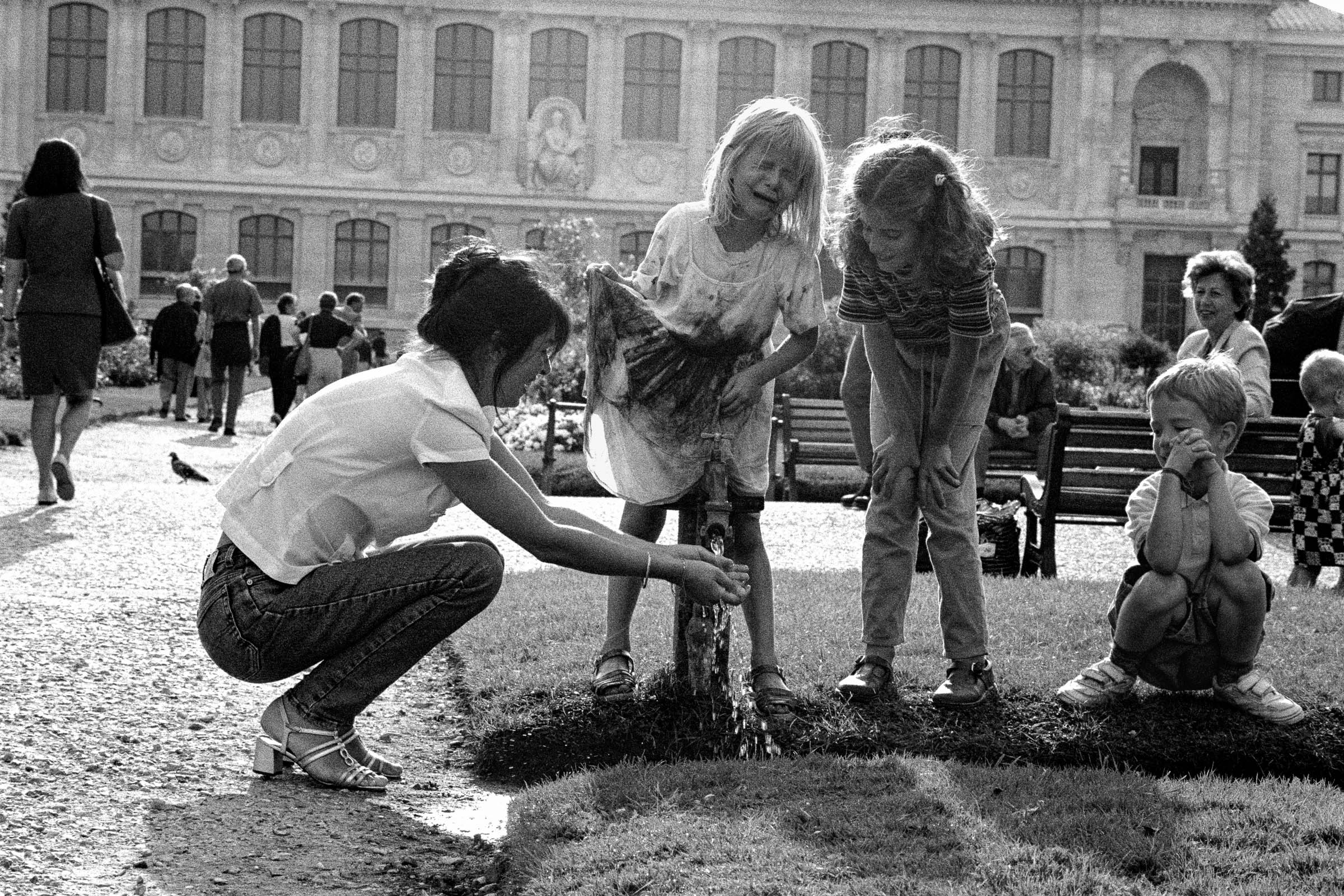
Sherrie Nickol by Sherrie Nickol is published by Hirmer Publishers and distributed by the University of Chicago Press, . It is available for preorder now for its release on August 15 in the UK and September 15 in the US. The price of the book is US$60 / UK £50 (Australian pricing and release date to be confirmed).
This book is filled with exceptional photography that takes the reader on an intimate journey of emotions and is a reminder that the human condition can be found anywhere, you just have to stop and observe it.

Kalum is a professional photographer with over a decade of experience, also working as a photo editor and photography writer. Specializing in photography and art books, Kalum has a keen interest in the stories behind the images and often interviews contemporary photographers to gain insights into their practices. With a deep passion for both contemporary and classic photography, Kalum brings this love of the medium to all aspects of his work.
